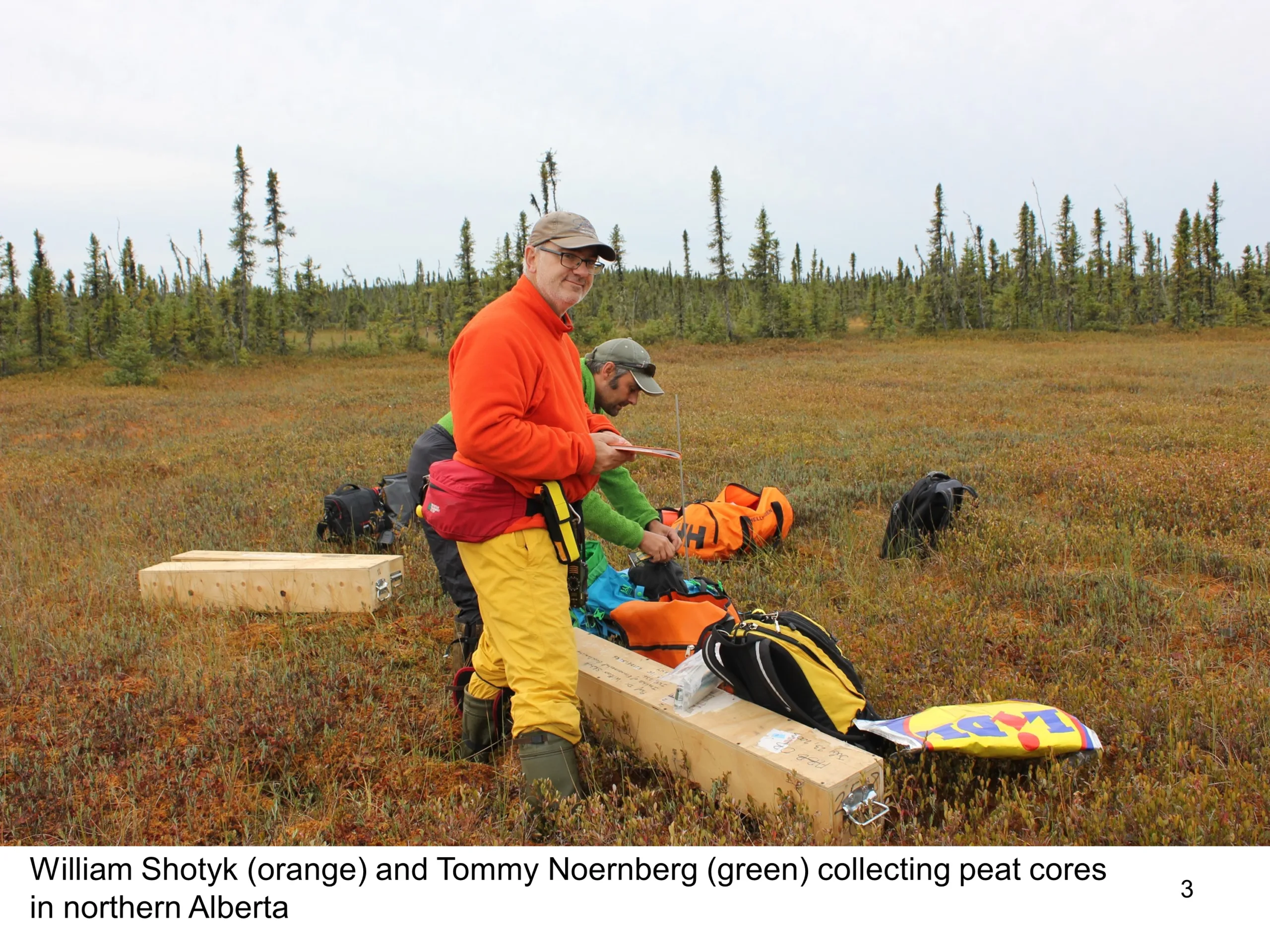Emerging Technologies: Molten Carbonate Fuel Cells

Leading-edge technology is integral to reducing greenhouse gas emissions on a global scale, and Pathways Alliance companies have a long track record of world-class research and development (R&D) partnerships and investments to build on.
For more than a decade, much of that collaborative work to create a sustainable future has been coordinated by Canada’s Oil Sands Innovation Alliance (COSIA), now the innovation arm of Pathways Alliance.
Our emerging technologies series looks at some of the work being done by COSIA and the six member companies who make up the Pathways Alliance.
This feature focuses on Molten Carbonate Fuel Cells (MCFCs):
Revolutionary technology could slash emissions
Reducing greenhouse gas (GHG) emissions in the oil sands is a primary driver for Pathways Alliance members who are exploring multiple pathways that will move the industry closer to net zero emissions by 2050. Molten carbonate fuel cells (MCFCs) are one potential breakthrough technology. They are a type of fuel cell that operates at high temperatures to produce electricity, heat and water. It’s anticipated they can reduce emissions by more than 70 per cent in oil sands operations.
The beauty of MCFCs is that they can be adapted to capture carbon dioxide (CO₂) from natural gas-fired processing units and at the same time generate electricity that could be used on site or sold back to the power grid. They are highly efficient, operate quietly and have few moving parts. And they generate no new greenhouse gas emissions.
MCFCs have been around for years
MCFCs have been operating commercially to generate electricity for years, and the adaptation to capture CO₂ has performed well in lab testing. Now Pathways Alliance member Canadian Natural is leading a commercial pilot at its Scotford Upgrader, part of the Athabasca Oil Sands Project*, to see if they will realize their promise in the field. The one-year pilot will be capable of producing 600 kilowatts of electricity while capturing and storing 22 tonnes of CO₂ each day.
“Capturing and sequestering CO₂ is key to reaching net zero emissions from our operations but commercial technologies require a significant amount of energy and cost”, says Simon Davies, Vice President, Technology and Innovation at Canadian Natural. “The energy consumption is the challenge and to address this, we’ve identified Molten Carbonate Fuel Cells as a potentially gamechanging solution.”
Project first of its kind
The goal of this MCFC project – the first of its kind in the world — is to demonstrate that MCFCs can produce power safely and reliably, while capturing up to 90 per cent of the CO₂ from the flue gas stream to the specifications required. ”The project demonstrates that Canada is a leading player in the clean tech innovation space,” Davies adds.
The MCFC pilot is being funded in part by Emissions Reduction Alberta and the Clean Resource Innovation Network (CRIN). Pathways Alliance members Cenovus Energy and Suncor Energy are also project partners as is non-member FuelCell Energy, which designs, manufactures, operates and services fuel cell power plants around the world.
Environmental benefits
Water produced by the MCFC process can be captured and used at oil sands facilities, replacing other sources of make-up water. Captured CO₂ can be used in Enhanced Oil Recovery (EOR) operations, which extract residual amounts of bitumen from wells that have already gone through primary and secondary stages of oil recovery. The electricity that is generated can be applied to other industries. With numerous environmental benefits, it’s a win-win all round.
How do MCFCs work?
Fuel cells convert energy from fuel into heat and electricity through an electrochemical process. They work like batteries, but do not run down or need recharging. The fuel cell consists of two electrodes—a negative electrode (anode) and a positive electrode (cathode)—sandwiched around a molten electrolyte salt layer.
Flue gas from the facility – a significant source of emissions – passes through the fuel cell which filters out the CO₂.. The flue gas is forced through a membrane, along with natural gas and oxygen into a solid state fuel cell, which condenses CO₂ in the flue gas stream, capturing carbon and creating an electric current.
All told, the Pathways Alliance is developing and deploying more than 70 emerging technologies to drive sustainable development of the oil sands and support Canada’s efforts to meet its emissions targets.
Learn more about the Pathways Alliance plan here.
* Athabasca Oil Sands Project (majority ownership by Canadian Natural 70%, Chevron Canada 20% and Shell Canada 10%).
Revolutionary technology could slash emissions | Canada’s Oil Sands Innovation Alliance – COSIA


